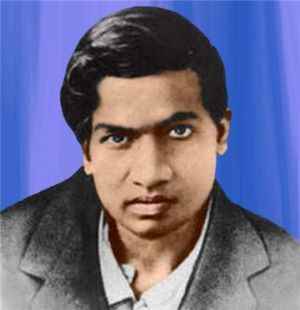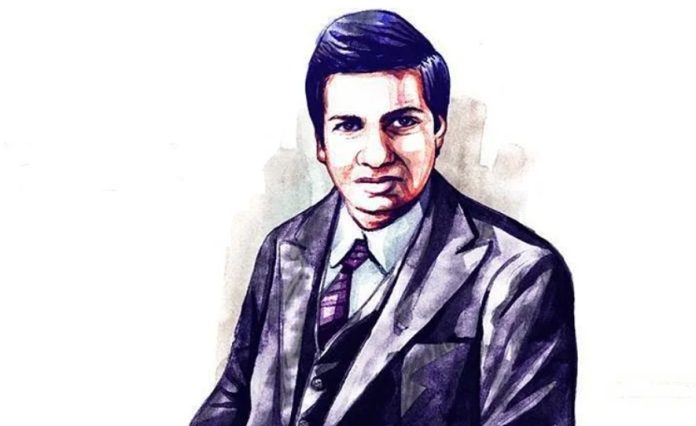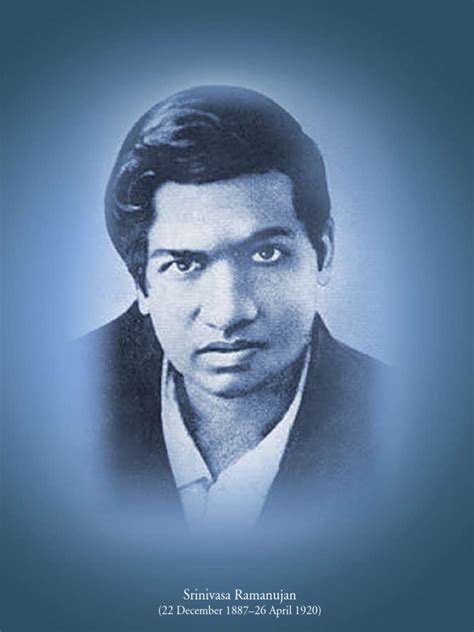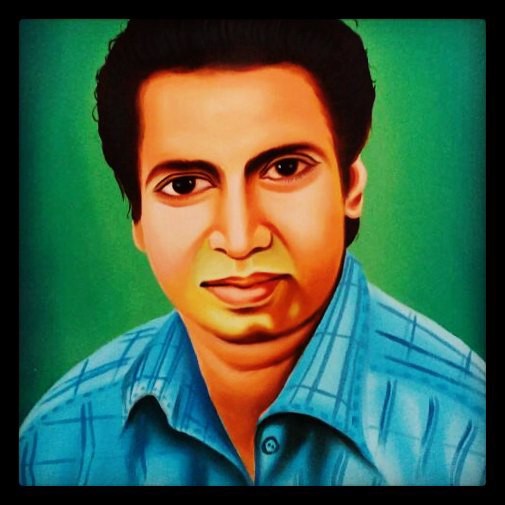10 Most Interesting Facts About Mathematician Srinivasa Ramanujan
10 Most Interesting Facts About Mathematician Srinivasa Ramanujan
Srinivas Ramanujan is the most remarkable mathematician of India. The story of his life is dramatic and somewhat larger than life. He worked on elliptic functions, continuing fractions, and infinite series in addition to making significant contributions to the analytical theory of numbers. Let’s highlight some of the important facts about Ramanujan’s life which are incredibly inspiring.

1. He Is from a Small Town in Tamil Nadu
On December 22, 1887, the math genius Srinivasa Ramanujan was born in his maternal grandmother’s house in Erode. This house remained untraced for a long time. His father was a clerk with a cloth merchant and his mother was a housewife. She also used to sing at a local temple.
2. He Was Married to a 9-Year-Old Girl

Ramanujan was married to Janaki Ammal on March 21, 1899. She was the fourth daughter of six children (five daughters and a son) of Rangaswamy Iyengar and Ranganayaki Ammal of Rajendram, a village close to Marudur Railway Station.
3. He Took Inspiration from a Book Based on Mathematics

Ramanujan was largely self-taught and emerged from extreme poverty. He cultivated his love for mathematics single-handedly and in total isolation. At the age of 12, he borrowed from a friend a copy of Loney’s book on Plane Trigonometry, which is published by Cambridge University Press in 1894. This book and A Synopsis of Elementary Results in Pure and Applied Mathematics gave a big dimension to Ramanujan’s life and brought him to the door of 20th-century Mathematics.
4. He Had Almost No Formal Training in Math
Srinivasa Ramanujan had no formal training in math, though he is the person behind all mathematical discoveries. Some of his theorems are based on intuition. Hardy wrote about Ramanujan’s formula, ‘They must be true because if they were not true, no one would have had the imagination to invent them.’
5. He Is the 2nd Indian to Be Inducted as a Fellow of the Royal Society

Ramanujan is one of the youngest fellows in the history of society. He joined the fellowship in 1918 at the age of 31. Hardy and Ramanujan collaborated on more than half a dozen research papers within a few years (from 1914 to 1917). Ramanujan published more than 30 research papers in three years at the same time when he was completing his fellowship.
6. Ramanujan Is a Follower of His Family Goddess
Ramanujan was a devotee of his family Goddess Mahalakshmi. Once he said, ‘An equation for me has no meaning unless it represents a thought of God.’ It is surprising, but many of Ramanujan’s theorem is based on intuition, which were later proved as discoveries in the world of mathematics.
7. He Compiled 3,900 Results by the Age of 32
Within his limited period, this mathematician of India completed 3,900 results which were mostly on identities and equations. The last of the three of Ramanujan’s speculations created a sensation in 20th -century mathematics. The most celebrated discoveries of him were ‘The Infinite Series of Pi’.
8. There Is a Museum Dedicated to Narrating Ramanujan’s Life
The museum, which is in Chennai, contains letters from Ramanujan’s acquaintances as well as numerous pictures of his residence and family members. This collection is the outcome of the late P.K. Srinivasan’s work. P.K. Srinivasan was a well-known math instructor. He has put a lot of effort into gathering Ramanujan’s photos, letters, and other artefacts, which are utilised in the museum presenting Ramanujan’s life narrative.
9. He Used to Mention His Ideas in Notebooks in Green Ink

As per the report, Ramanujan liked to write his ideas in a notebook in green ink. One of his notebooks was known as the ‘Lost Notebook’. It was discovered in the Trinity College library by mathematician George Andrews in 1976. Later, it was later published as a book.
10. December 22 is Celebrated as the National Mathematics Day
Ramanujan’s birth anniversary, which is on December 22, is celebrated as National Mathematics Day every year. He is the symbol for aspiring young Indian students to break their bonds of intellectual confinement and perhaps soar the way that Ramanujan did!
Ramanujan embodies that marvellous miracle of the human mind to frame concepts and to use formulas and symbols as tools of thought. It recognises as a powerful tool deeper into the mysteries of the universe, and the mysteries of one’s own being. As long as the spirit of inquiry and inquisitive minds are alive, Ramanujan’s legacy will pass from one generation to the next. Embibe salutes him.
MCQ VIDEOS ALL CHAPTERS CLASS 10 MATHShttps://www.youtube.com/watch?v=-eBlHyBxjLg&list=PL2uPMjJCHErQZZNipbsnagBqPrCU_WRN8

